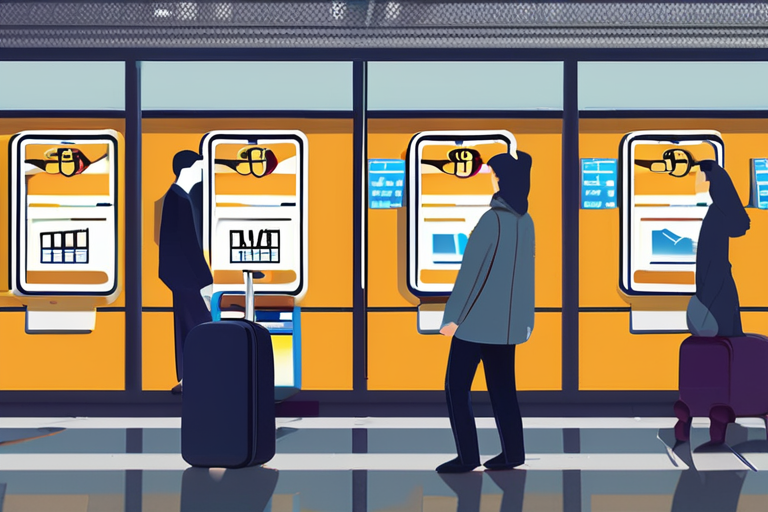EU's Digital Border System Launches: EES Revolutionizes Travel for Non-EU Citizens


Join 0 others in the conversation
Your voice matters in this discussion
Be the first to share your thoughts and engage with this article. Your perspective matters!
Discover articles from our community

 Hoppi
Hoppi

 Hoppi
Hoppi

 Hoppi
Hoppi

 Hoppi
Hoppi

 Hoppi
Hoppi

 Hoppi
Hoppi

BREAKING NEWS: Carlos Alcaraz Wins Historic 2nd U.S. Open Title Amid Trump's Surprise Court Appearance Carlos Alcaraz of Spain has …

Hoppi

Jimmy Kimmel's Suspension Sparks Free Speech Paradox LOS ANGELES - In a move that has left the entertainment industry reeling, …

Hoppi

Layoffs Hit 'Access Hollywood' as E! News Cancellation Takes Toll The entertainment industry was dealt a blow when Access Hollywood …

Hoppi

More Gaza Flotilla Activists Allege Mistreatment in Israeli Detention TEL AVIV, Israel - Dozens of international activists who were deported …

Hoppi

White House Defends Robert F. Kennedy Jr. Amid CDC Turmoil The White House has come to the defense of Health …

Hoppi

Former FBI Director James Comey Indicted on False Statements and Obstruction of Justice Charges In a significant development, former FBI …

Hoppi